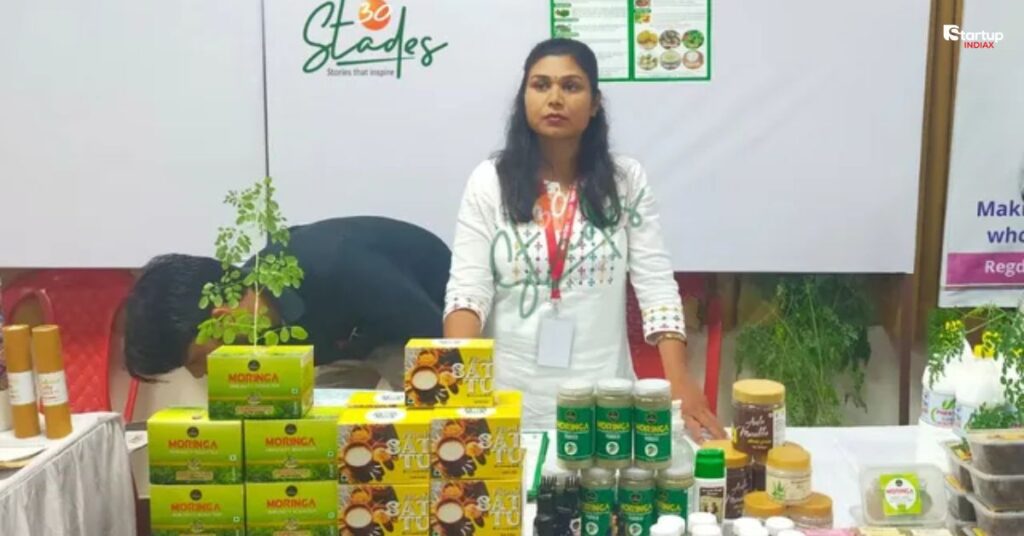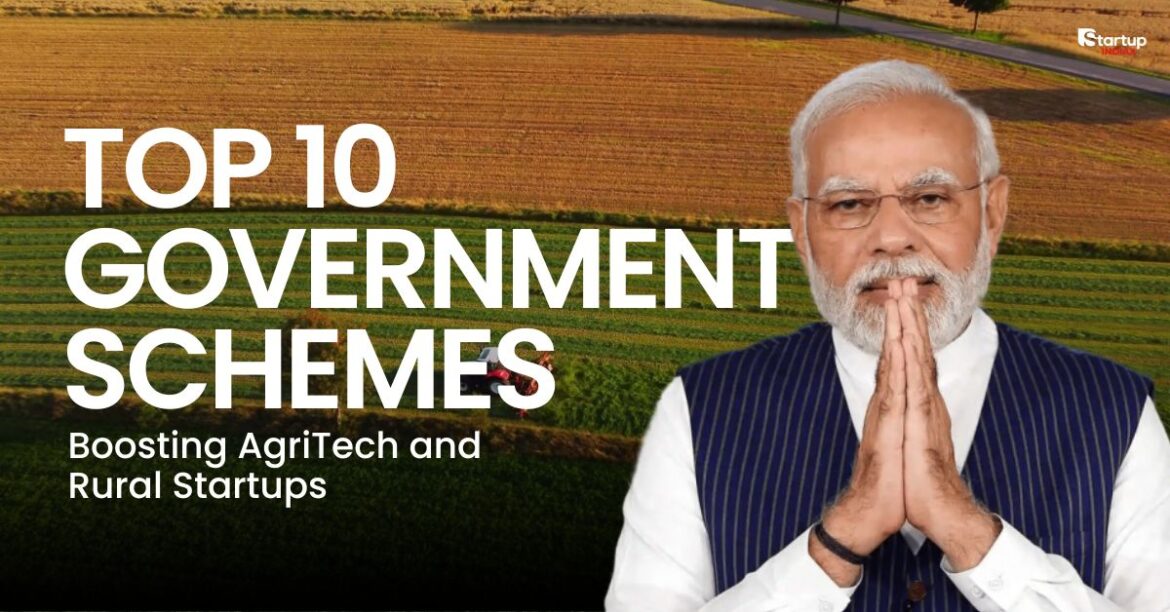Airtel partners with Perplexity to provide a free 12-month Perplexity Pro subscription, worth ₹17,000, to its 36 crore (360 million) mobile, broadband, and DTH customers. Announced on July 17, 2025, this partnership brings AI-powered search to millions, boosting productivity for entrepreneurs, students, and professionals. Startup INDIAX dives into how this offer works, its benefits, and why it’s a game-changer for India’s digital ecosystem. Learn how to claim your subscription and why this move strengthens Airtel’s position in the telecom market.
Table of Contents
What Does the Airtel-Perplexity Partnership Mean for Users?
On July 17, 2025, Bharti Airtel, India’s second-largest telecom provider, unveiled a groundbreaking partnership with Perplexity, a leading AI-powered search platform. This collaboration grants all 36 crore Airtel customers—spanning mobile, broadband, and DTH services—a free 12-month Perplexity Pro subscription, valued at ₹17,000. It’s the first time an Indian telecom company has partnered with an AI search platform, making advanced technology accessible to millions.
“This partnership is about empowering our customers with cutting-edge AI tools to stay ahead in a fast-evolving digital world,” said Gopal Vittal, Vice Chairman & Managing Director of Bharti Airtel.
Why Is This a Landmark Move for Indian Telecom?
With 390 million wireless subscribers as of May 2025, Airtel faces stiff competition from Reliance Jio’s 472 million. Offering Perplexity Pro for free strengthens Airtel’s appeal, potentially attracting new users and retaining existing ones. This move also positions Airtel as a pioneer in blending AI with telecom services, a trend likely to shape the industry’s future.
For Perplexity, partnering with Airtel opens doors to India’s massive digital market, with over 800 million internet users. “We’re thrilled to bring Perplexity’s AI-driven answers to India’s diverse population, from students to startup founders,” said Aravind Srinivas, CEO of Perplexity.
Startup INDIAX sees this as a bold step toward making AI tools mainstream, aligning with India’s growing tech ecosystem.
What Makes Perplexity Pro a Must-Have Tool?
Perplexity Pro redefines search by delivering conversational, real-time, and accurate answers, unlike traditional engines that rely on link lists. Tailored for professionals, students, and entrepreneurs, it’s a powerful tool for navigating India’s fast-paced digital landscape.
Which Features Set Perplexity Pro Apart?
Perplexity Pro offers premium features that enhance productivity:
- Advanced AI Models: Access to GPT-4.1, Claude, and Grok 4 for precise, context-aware responses.
- High Search Limits: Up to 300 AI-powered searches daily, perfect for heavy users.
- Deep Research Capabilities: Summarizes complex topics and provides data-backed insights.
- File Analysis: Upload documents for quick summaries or detailed analysis.
- Image Generation: Create visuals for presentations or creative projects.
- Perplexity Labs: Build spreadsheets, dashboards, or web apps with ease.
For example, a Delhi-based entrepreneur used Perplexity Pro to analyze competitor data in minutes, saving hours of manual research. Similarly, students can upload study notes for instant summaries, streamlining exam prep.
How Can Airtel Customers Access Their Free Perplexity Pro Subscription?
Claiming your free Perplexity Pro subscription is simple and user-friendly:
- Download or Open the Airtel Thanks App: Available on Android and iOS, log in with your Airtel number.
- Go to Rewards Section: Find “Rewards” or “Rewards & OTTs” in the app menu.
- Locate the Perplexity Offer: Look for the “Perplexity Pro – 1 Year Free” banner.
- Activate the Offer: Tap “Claim Now,” enter the OTP, and follow the prompts.
- Start Using Perplexity Pro: Log in to Perplexity’s app or website with the same email to access Pro features.
The subscription is valid until January 17, 2026, and does not auto-renew, ensuring no hidden costs. Startup INDIAX advises users to act fast, as high demand could strain app servers.
Why Is AI Search Critical for India’s Digital Growth?
With over 800 million internet users in 2025, India is a global digital powerhouse. AI-powered search tools like Perplexity Pro meet the needs of this diverse audience, from startup founders researching markets to homemakers seeking quick answers. According to a 2024 NASSCOM report, India’s AI market is projected to hit $17 billion by 2027, driven by demand in education, business, and healthcare.
Perplexity Pro’s ability to deliver real-time, sourced answers makes it ideal for India’s dynamic digital environment, where speed and accuracy are critical.
How Does Perplexity Pro Compare to Other AI Tools?
Unlike ChatGPT or Gemini, which focus on conversational AI, Perplexity Pro excels as a search engine that aggregates live web data for accurate, cited responses. Its flexibility to switch between AI models (e.g., GPT-4.1, Claude) and features like Perplexity Labs give it an edge for professional use.
A Mumbai-based startup founder shared with Startup INDIAX, “Perplexity Pro’s real-time market insights helped us pivot our strategy faster than any other tool.”
What’s the Bigger Impact of This Collaboration?
This partnership strengthens Airtel’s competitive edge in a crowded telecom market. By offering a ₹17,000 subscription for free, Airtel enhances customer loyalty and attracts tech-savvy users. It also aligns with Airtel’s digital initiatives, such as its 5G rollout and partnerships with tech giants like Ericsson.
For Perplexity, India’s 800 million internet users represent a massive growth opportunity. With 150 million weekly queries globally, India is already a top market. This tie-up could challenge giants like Google and OpenAI, while inspiring other Indian telecoms to explore AI integrations.
Conclusion: Embrace AI with Airtel and Startup INDIAX
The Airtel partners with Perplexity initiative is a transformative step, bringing AI-powered search to 36 crore users. Whether you’re building a startup, studying, or managing daily tasks, Perplexity Pro offers smarter, faster solutions. Startup INDIAX encourages you to claim your free subscription today and join the AI revolution. Share your experiences in the comments, and explore more tech insights on Startup INDIAX.
FAQs
What is the Airtel-Perplexity partnership?
Airtel offers a free 12-month Perplexity Pro subscription, worth ₹17,000, to its 36 crore mobile, broadband, and DTH customers.
How do I claim the free Perplexity Pro subscription?
Open the Airtel Thanks App, go to “Rewards,” find the Perplexity Pro offer, tap “Claim Now,” and verify with an OTP.
Who can access the free Perplexity Pro offer?
All Airtel customers—mobile (prepaid/postpaid), broadband, and DTH—are eligible for the 12-month free subscription.
Will the Perplexity Pro subscription auto-renew?
No, the subscription ends on January 17, 2026, without auto-renewal. Users can switch to the free version or opt for a paid plan.
How is Perplexity Pro different from Google Search?
Perplexity Pro delivers conversational, AI-driven answers with real-time data, unlike Google’s link-based results, offering faster insights.
















